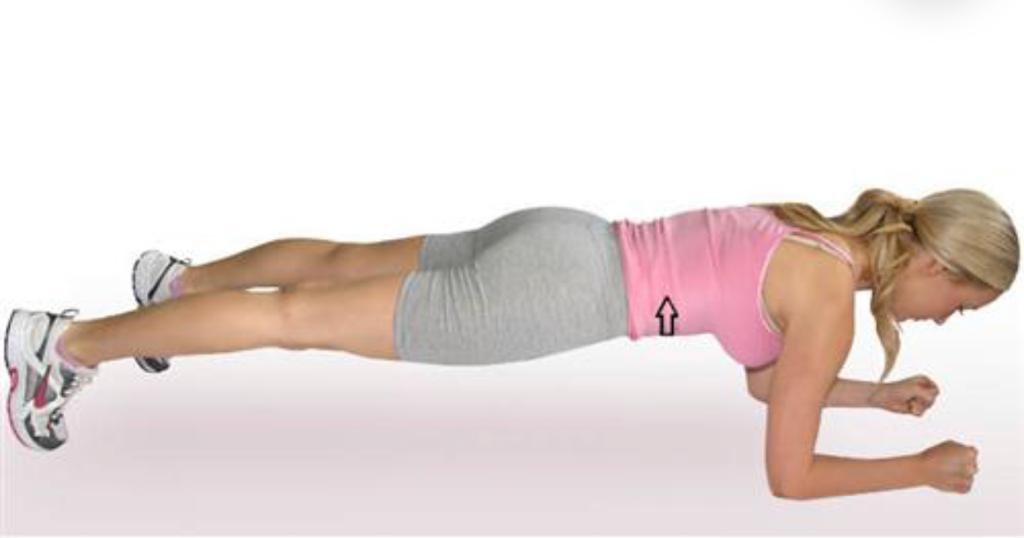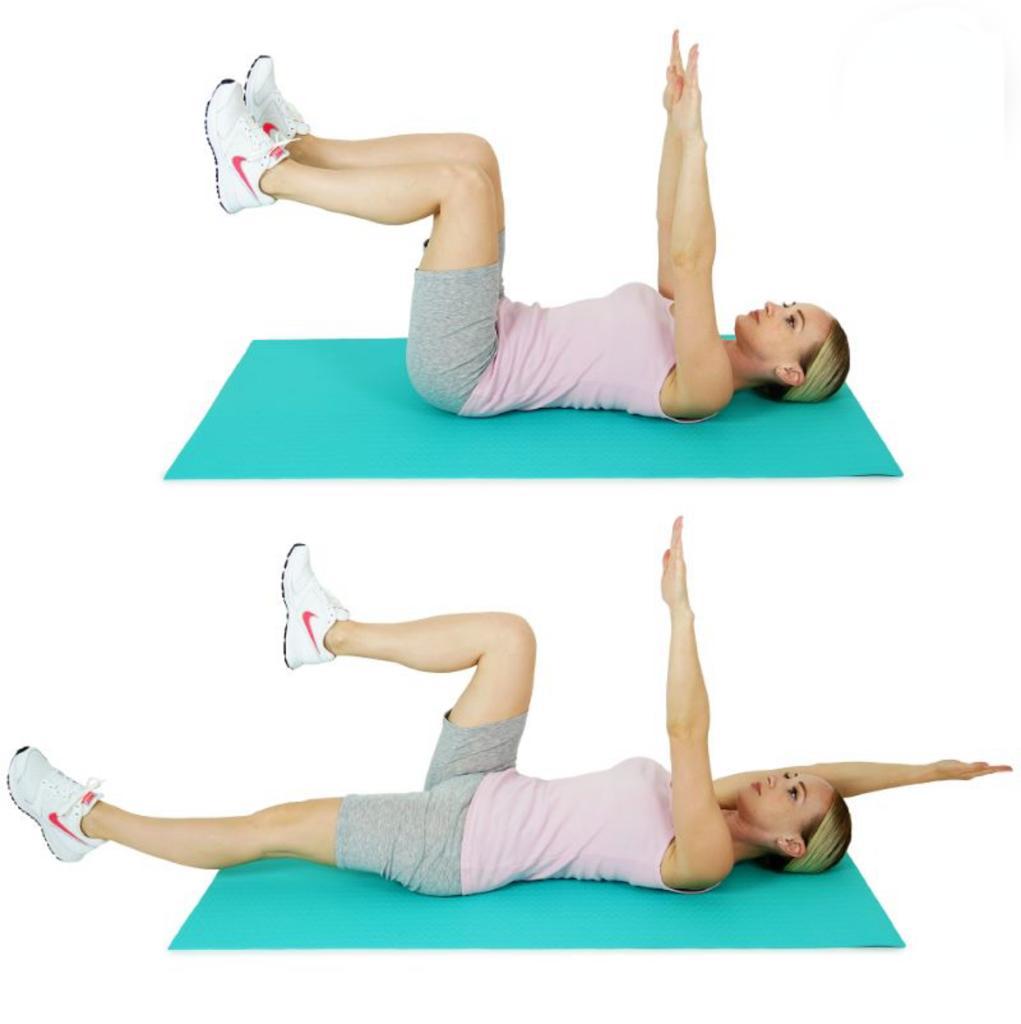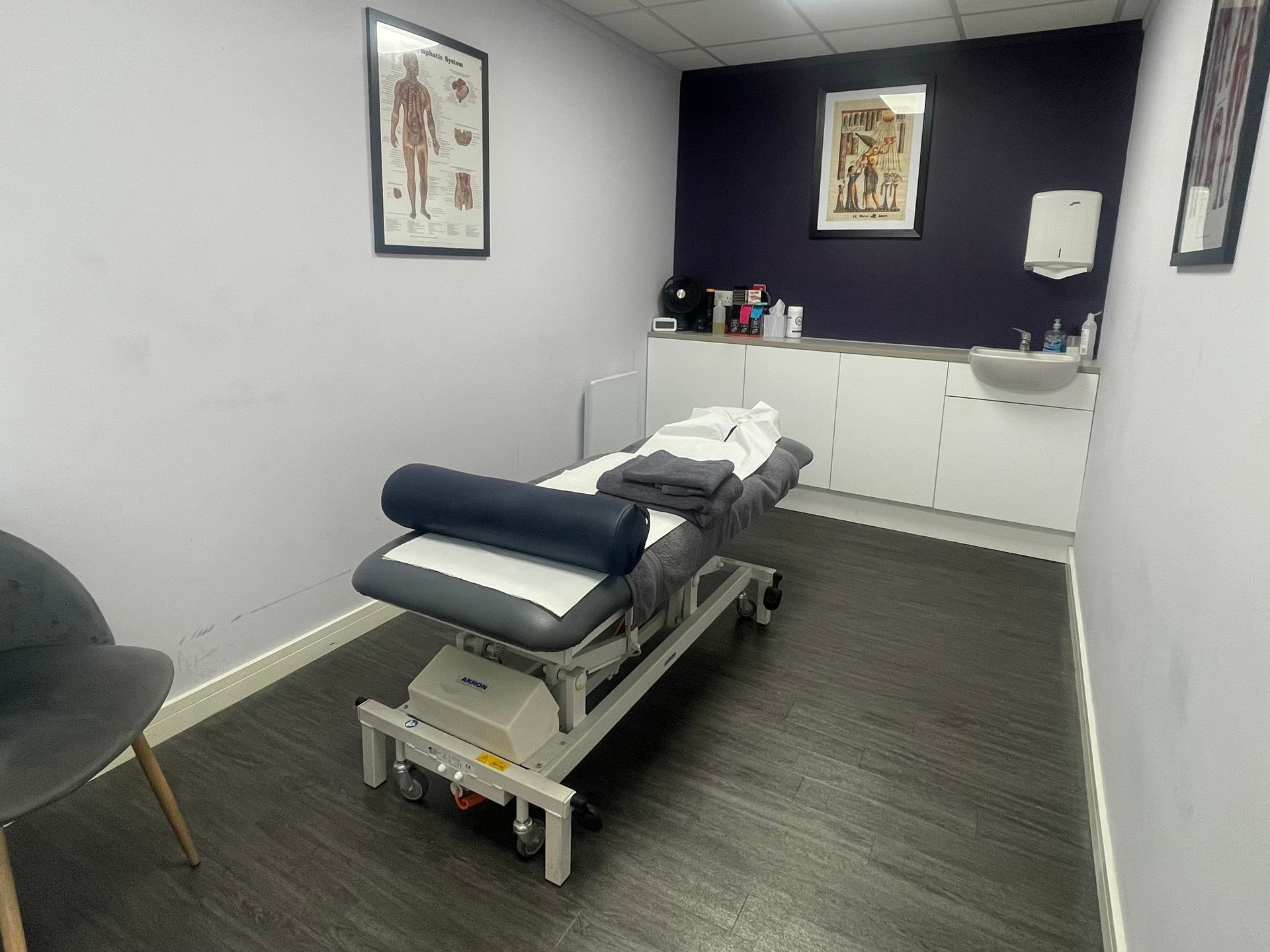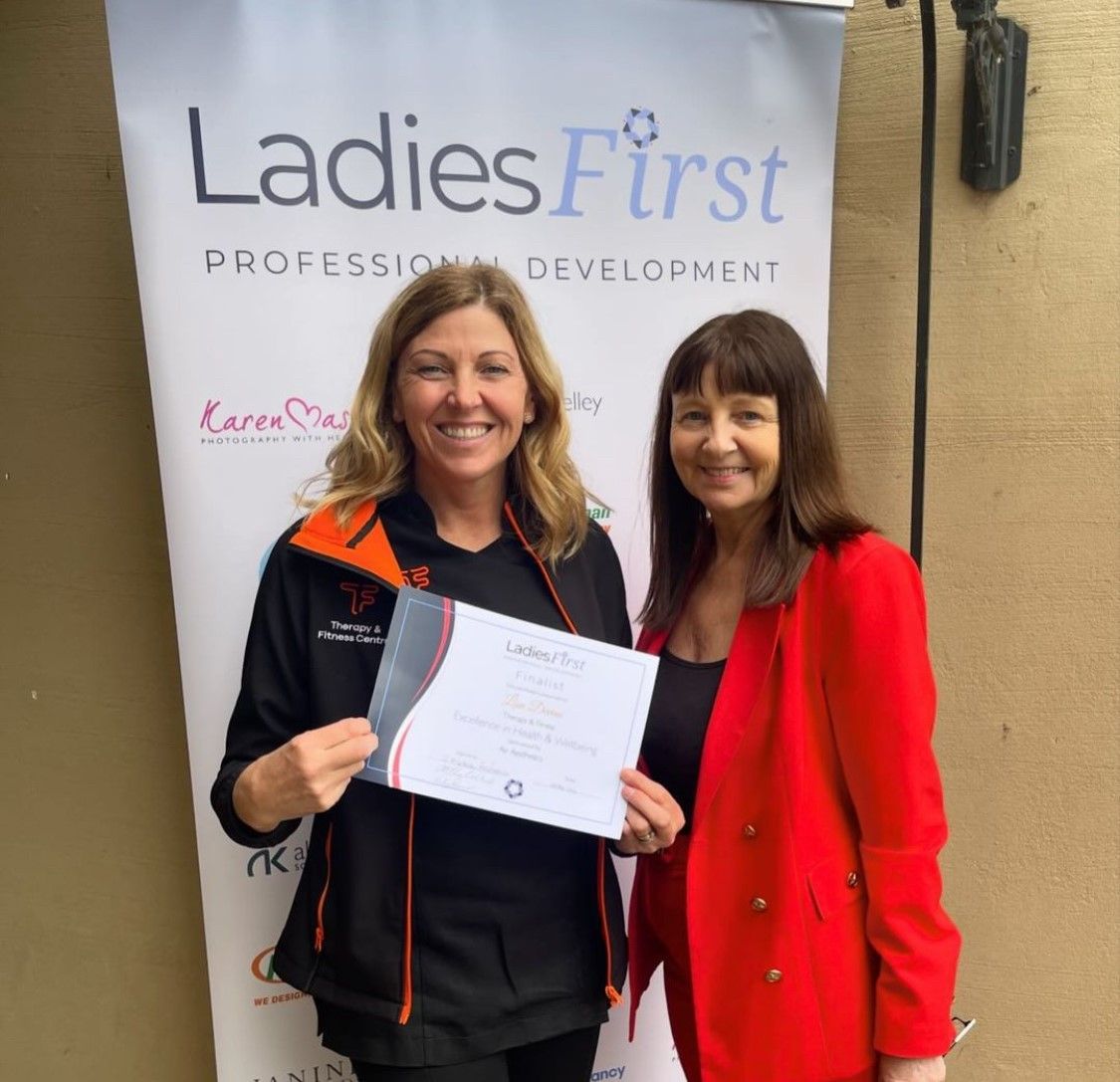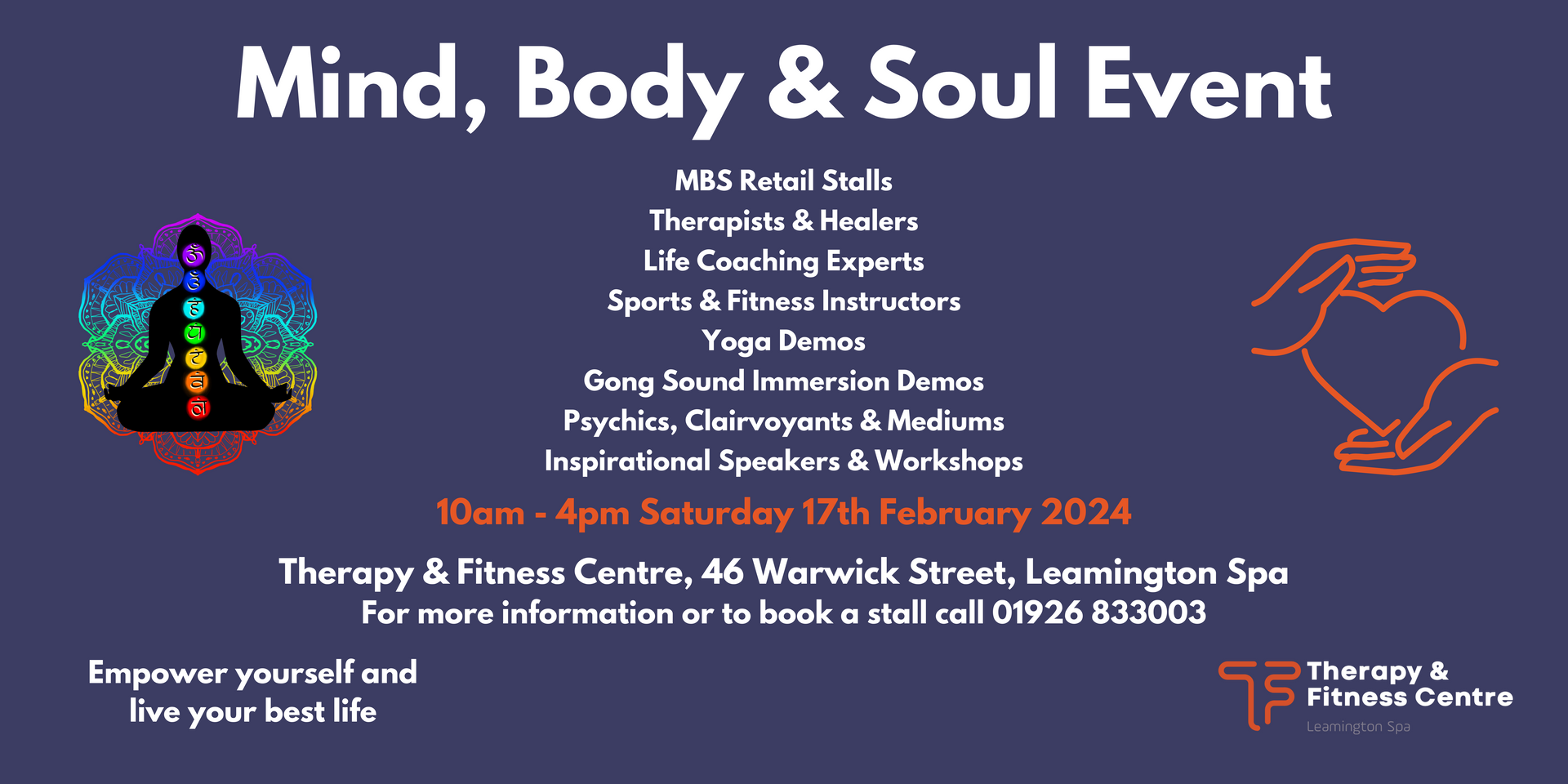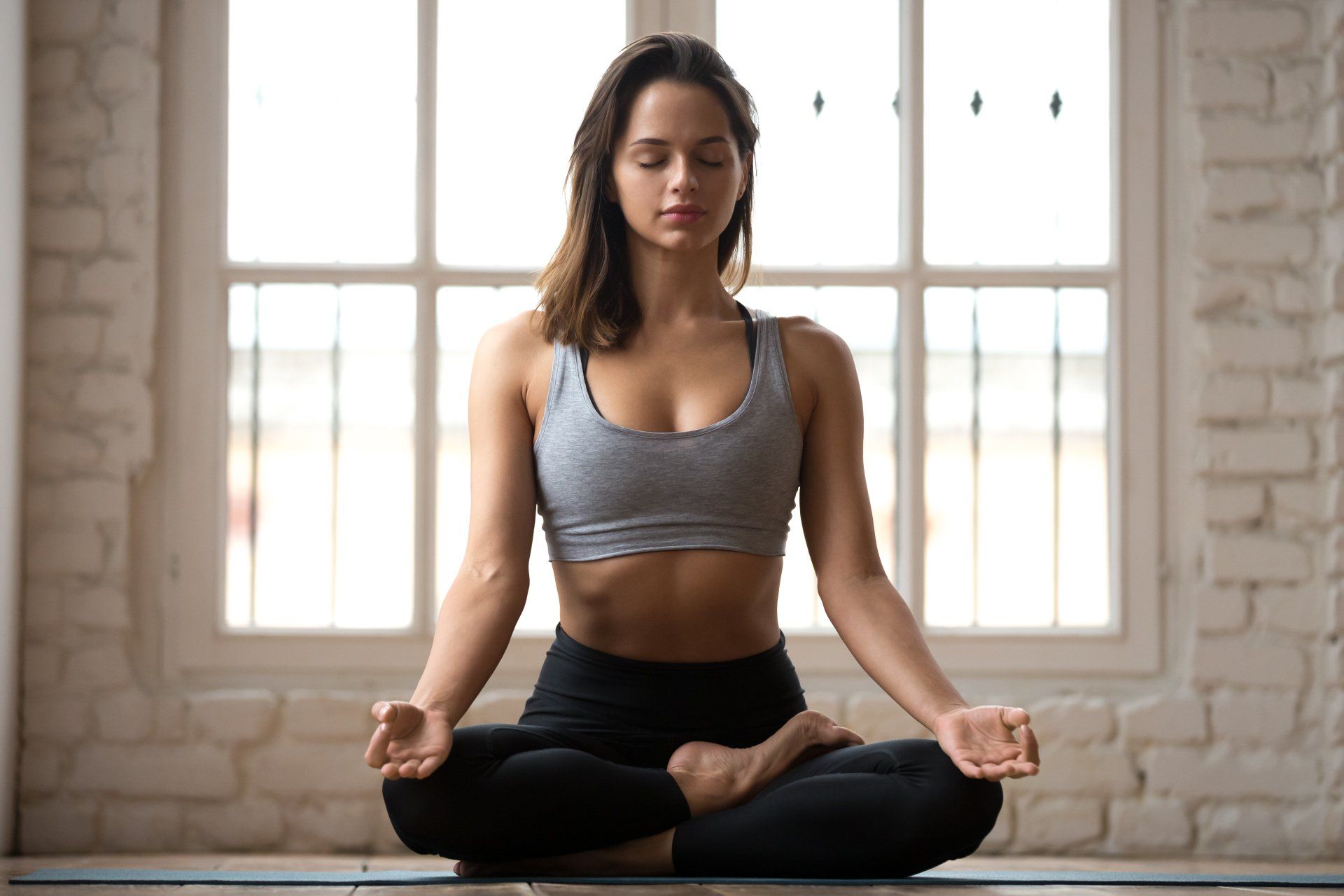Working at desks and spending long periods of time on phones, as well as sleeping on bad mattresses and sitting on soft furniture cushions can all contribute to misaligned posture.
At the Leamington
Therapy and Fitness Centre, we commonly see pain and injuries caused by poor sitting and standing habits that are easily preventable. So we’ve put together this guide on how to improve your posture from home.
Why you need to correct your posture
Bad posture changes the natural alignment of your joints which impacts the functionality of your muscles and can cause wear and tear on surrounding tissues, spinal discs and even the joints themselves.
Complications of bad posture include pain, muscle tension, spinal dysfunction and joint degeneration.
Avoid slouching at your desk
The most common cause for bad posture is a slouched seating position. With most of us working at a desk all day, it can be difficult to mindfully correct posture, and it may feel uncomfortable at first.
Luckily, there are lots of little adjustments you can make to your working environment to help improve your posture while sitting down:
- Adjust the height of your monitor to eye level
- Invest in an
ergonomic office chair with adjustable back, arm and lumbar support
- Use a standing desk to remove the temptation to lean on your elbows
- Position your mouse close to your body
- Sit on your sitting bones
- Adjust the font on your screen so you don’t lean forward to read it
- Take hourly movement breaks, and give yourself a break
Do regular core strengthening exercises
One of the best ways to improve posture is to focus on core strengthening exercises. This is because the abdominal wall connects to your spine and pelvis, and stabilising these muscles can help strengthen your spine and hold it in a neutral position.
Perform the following exercises in slow, rhythmical movements for a more effective result:
Stand straight and tall
Leaning on one foot, sticking out your buttocks and tilting your head while standing can all contribute to bad posture.
A neutral standing position is designed to keep your body aligned in order to maintain the natural curvature of your spine, and prevent strain on your lower back. Make sure you:
- Keep shoulders and neck relaxed
- Tuck in your abdomen
- Keep your feet about hip width apart
- Balance your weight evenly on both feet
- Keep your head in a central, neutral position
- Relax your knees
- Remember to keep your ears, shoulders, hips, knees and ankles in line
Yoga exercises
Yoga is designed to restore natural alignment of your body and there are plenty of exercises that can correct improper posture. Posture corrective yoga will take only 10 minutes out of your daily routine and is a fantastic habit to deploy at the end of your work day.
Not only will this improve your posture, it will also increase relaxation and improve your mental health.
Try our
Yoga for Posture and Alignment or
Yoga for Beginners to improve your posture and loosen up your muscles.
Treat yourself to a deep tissue massage
Deep tissue massage and physiotherapy both deeply relax your muscles, muscle fibres and connective tissues to remove tension that leads to hunched shoulders.
If you’ve had a particularly stressful week that is leading to a tense, rounded posture, then a tailored
sports massage at
Therapy and Fitness Centre can help to ease the pain. Our highly trained
sports massage therapists are committed to providing you with an effective and bespoke service that deeply relaxes your muscles. Simply
contact us today.
Sign up to our newsletter to receive a £5 voucher towards the cost of your first treatment.
01926 833003 | info@therapyandfitnesscentre.co.uk



